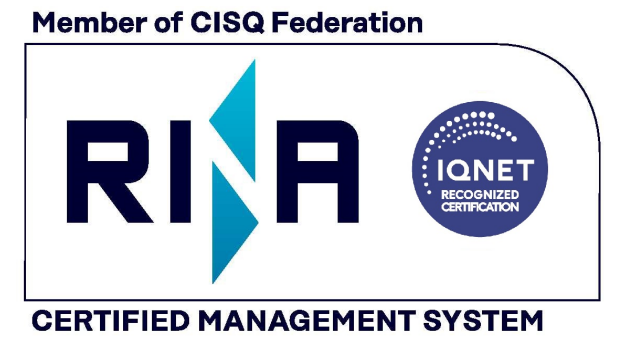Racon
- Home
- Products
- Racon

Racon devices are used at sea to mark navigational hazards as RADAR targets for presentation on a ship navigational radar display. The word Racon comes from combining RAdar and beaCON.
The McMurdo Marine Systems HEKLEO-SX Racon is a frequency agile all-weather radar transponder that works on both “X” band (3cm wavelength), and “S” Band (10cm wavelength) frequencies.
A HEKLEO-SX Racon responds to a radar interrogation by transmitting a Morse code character which appears on the passing ships radar display. When HEKLEO-SX Racon receives a ships interrogating radar pulse, it responds with a return signal on the same Radar frequency, this results in a special Radar target image icon appearing on the ships radar display. The icon takes the form of a short line of dots and dashes forming a Morse character radiating away from the fixed position of the HEKLEO-SX Racon as indicated on the ships radar display. The length of the line usually corresponds to the equivalent of a few nautical miles on the display. Once the Morse letter is displayed on screen, the bearing and distance of the HEKLEO-SX Racon from the vessel can be observed.
Even when numerous radar returns clutter the radar display, a coded Racon icon trace is an unmistakable feature on the radar display and provides the means for accurate and positive identification of a hazard to navigation.
HEKLEO-SX Racons are often used as aids to navigation when marking:
Lighthouses and navigation buoys (the majority are on buoys rather than lighthouses)
Offshore oil platforms and other marine structures
Environmentally-sensitive areas such as coral reefs
Navigable spans under bridges
To identify centre lines and turning points
In some parts of the World they are also used:
To indicate temporary, new and uncharted hazards (with a Morse character “D”)
As leading line Racons
With more than 5,500km of coastline France has some of the highest numbers of Navigation equipment in the EU. McMurdo Marine Systems’ HEKLEO-SX Racon was originally developed to fulfil the environmentally demanding requirements of the French Lighthouse and Navigation Authorities (CETMEF), who went on to equip the French coast with this cost effective and efficient navigation aid.
- Internationally Approved
- Transmits on 406 and 121.5 MHz
- Non hazardous battery for safe and easy transportation
- Stow safe carry bracket available for safe transportation
- High brightness LED fl ashing locator light
- 72 comprehensive diagnostic and self-tests during battery life
- Once activated, will transmit for a minimum of 48 hours
- 6 year battery life
- 5 year warranty


